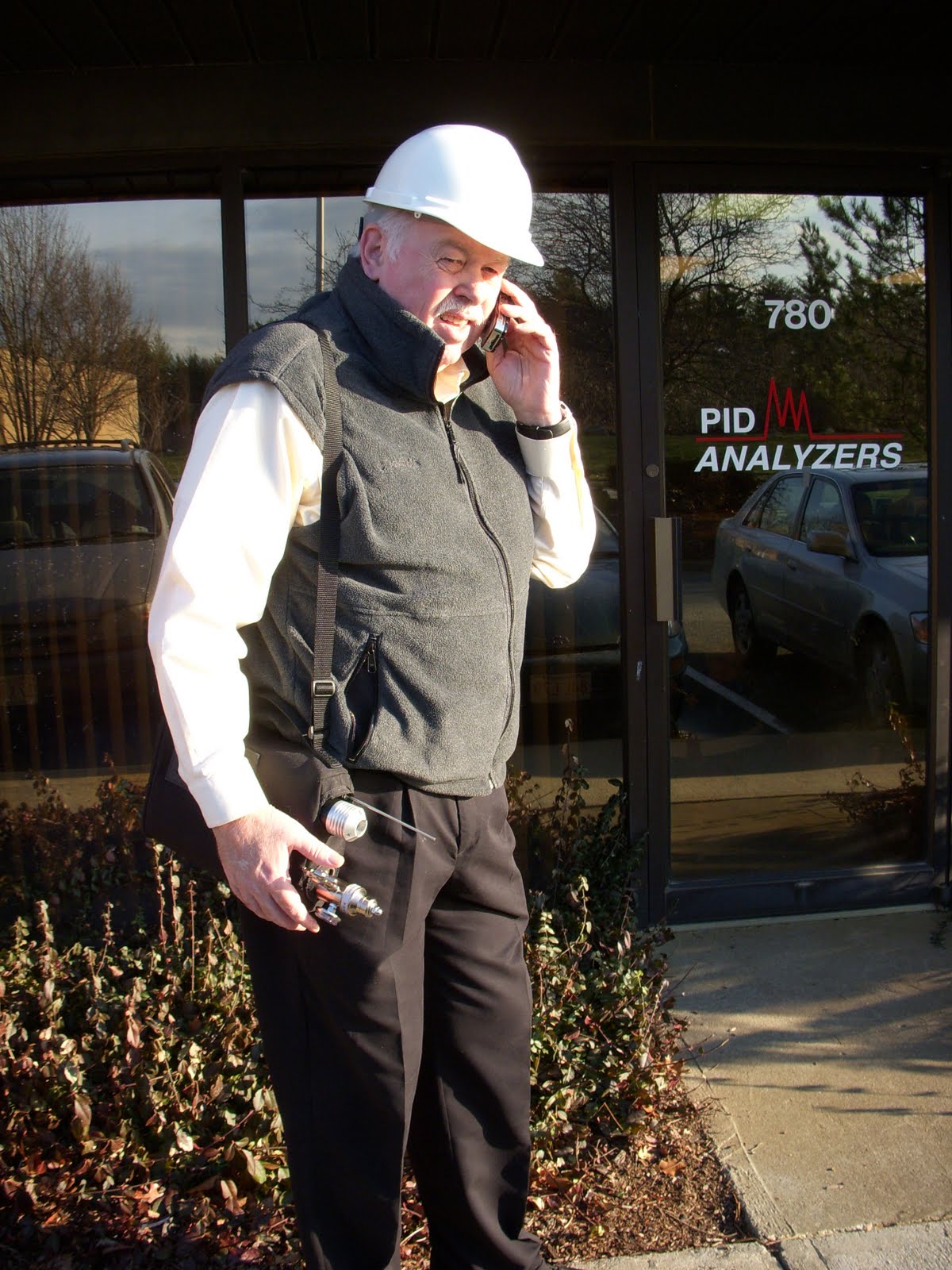ENVR POSTER SESSION: Wednesday evening August 13, 2014 6pm
California Air Monitoring: From Inception to Current Trends in the New Millennium
J. Maclachlan, Organizer; J. Driscoll, Organizer; J. Maclachlan, Presiding Papers 586-587
J. Maclachlan, Organizer; J. Driscoll, Organizer; J. Maclachlan, Presiding Papers 586-587
 Abstract Body: One of the most serious contamination problems in LA in the early 2000's was leaking from underground gasoline storage tanks. At high levels of VOC's (thousands of ppm), the pump and treat effluent can simply be flared. At about 1,000 ppm, it requires too much auxiliary fuel to burn the effluent. A new collection system such as a carbon bed is required. Continuous monitoring is required to determine when breakthrough of the VOC's occurs. Then, the carbon bed should be changed.
Abstract Body: One of the most serious contamination problems in LA in the early 2000's was leaking from underground gasoline storage tanks. At high levels of VOC's (thousands of ppm), the pump and treat effluent can simply be flared. At about 1,000 ppm, it requires too much auxiliary fuel to burn the effluent. A new collection system such as a carbon bed is required. Continuous monitoring is required to determine when breakthrough of the VOC's occurs. Then, the carbon bed should be changed. The most popular technique for carbon bed monitoring is photoionization and the 112 instrument includes a programmable setpoint that shuts down the pump allowing the carbon bed to be changed. The application of continuous monitoring instrumentation to soil vapor extraction (SVE) is described as one of the few innovative technologies that has gained wide use for cleaning up contaminated sights.
The most popular technique for carbon bed monitoring is photoionization and the 112 instrument includes a programmable setpoint that shuts down the pump allowing the carbon bed to be changed. The application of continuous monitoring instrumentation to soil vapor extraction (SVE) is described as one of the few innovative technologies that has gained wide use for cleaning up contaminated sights.


















